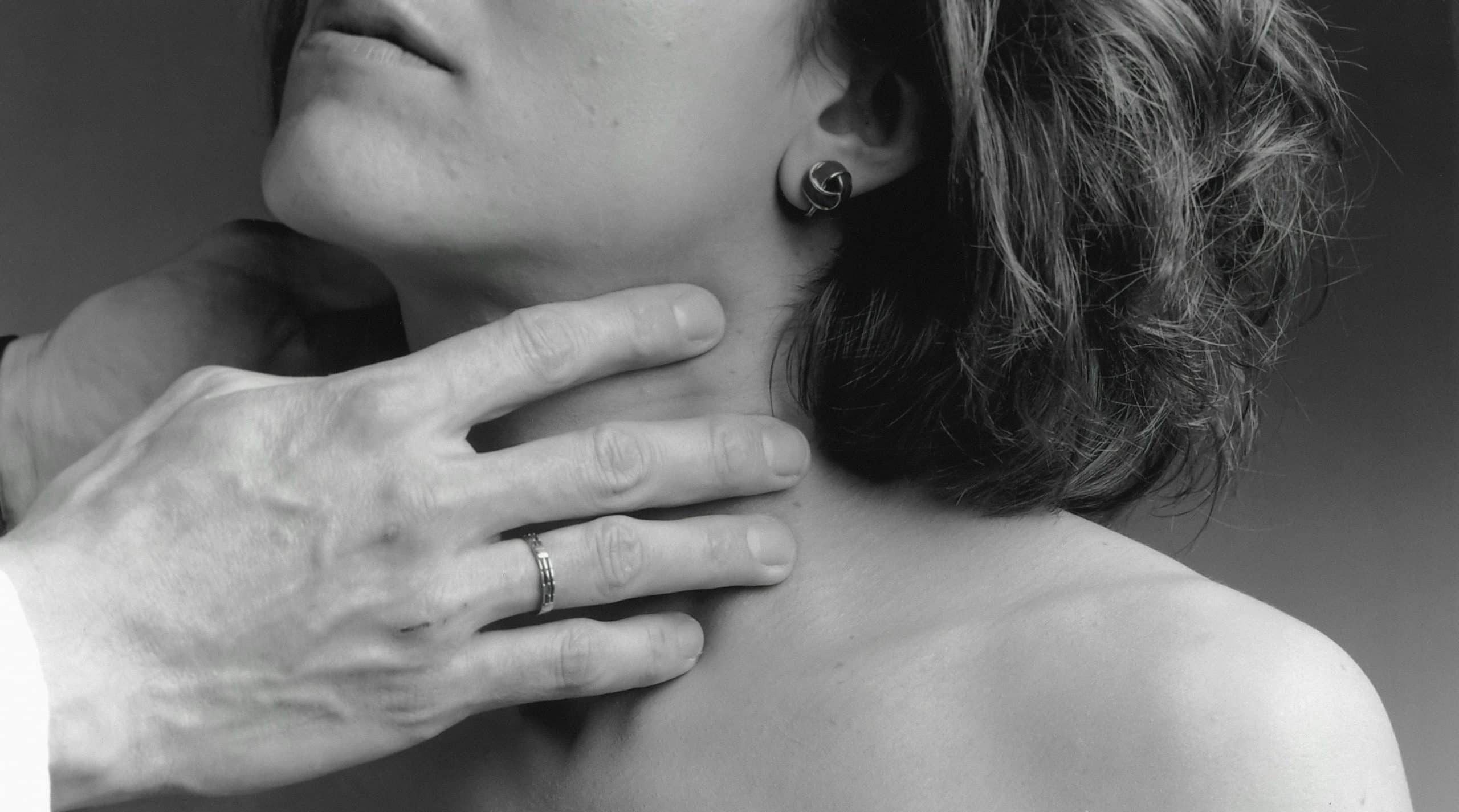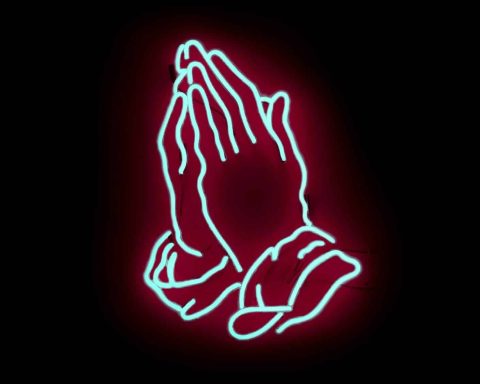
Matthew Booker is a Consultant Senior Lecturer in Primary Care at University of Bristol
Magnus Hjortdahl is an Associate Professor at Oslo Metropolitan University
The ambulance service in the United Kingdom is struggling. Demand continues to increase, and trusts are failing to meet national standard response times across all acuity categories.1 Only around 10% of 999 calls are category 1, life-threatening injury or illness including cardiac arrest. This leaves a significant proportion of ambulance workload which could benefit from GP input. Employing GPs in the ambulance service could reduce potentially unnecessary conveyance to A&E releasing ambulances for higher acuity care as well as providing patients the appropriate level of care earlier. With increasing numbers of GPs interested in a portfolio career, it may also be an attractive option for work with hard edges, clearly defined shifts, and a reduced admin burden. We know ambulance trusts in the UK are increasingly employing GPs, and whilst the theory is there, we wanted to explore the evidence.
As clinical academic GPs with an interest in urgent and emergency care, with support from colleagues we (Alex and Matthew) conducted a review of the evidence for GPs working in the ambulance service.2 Of the papers included, half were from Norway where GPs form an integral part of the pre-hospital emergency system, and are expected to respond to high acuity calls and attend emergencies with ambulance teams. Whilst there are important differences between British and Norwegian systems, we felt there were lessons to be learned from our colleagues across the North Sea and reached out to Magnus, an author of several of our included studies and an academic GP in Oslo. What follows is a summary of our discussions exploring key similarities and differences in approaches to out-of-hours (OOH) care, emergency ambulance services, and the role of GPs.
…all telephone operators for both lines in Norway are clinically trained as either nurses, emergency medical technicians, or paramedics compared to just 7% in the UK.
Norway and the UK both have universal tax-funded health coverage, with comparable healthcare spending as a percentage of GDP (10.5% and 10.2%).3 Both have an urgent (116117 and 111) and emergency (113 and 999) telephone number for people to call, but there is a major difference in the staff responding to these calls: all telephone operators for both lines in Norway are clinically trained as either nurses, emergency medical technicians, or paramedics compared to just 7% in the UK.4-6 Whilst both systems use triage tools, in Norway these are guidelines designed to ‘supplement the medical knowledge and experience of the individual telephone operator…allow[ing] for a more open and dynamic interaction between caller and operator’7 compared to algorithms being followed by non-clinical staff. The pro’s and con’s of each system are apparent: we are short on clinical staff so a non-clinical operator using an algorithm can signpost patients away or move them on to appropriate clinician makes sense; however to be safe algorithms are likely to over-triage and think things are more of an emergency than they are leading to increased resource use overall. Going direct to a clinician should lead to more cases being managed in one contact or being assigned an appropriate level of care initially but may mean clinicians are handling simple tasks which could be done by an algorithm and working below their competencies.
The generalists best suited to this task are us, GPs, in cooperation with the ambulance service and other allied healthcare professions.
Following the 2004 General Medical Services contract, the vast majority of individual GPs and practices in the UK opted out of providing OOH care with much of this now provided by GP co-operatives, social enterprises or private providers with a rising proportion of OOH clinical contacts performed by non-doctor clinicians. In Norway however, all GPs have an obligation to work in the municipal emergency OOH services and work a median of 10 hours a week OOH.8 In their role providing urgent OOH care, Norwegian GPs also act as a gatekeeper to hospital care, with referral from a GP being mandatory for admission (outside of time-critical conditions such as cardiac arrest who can be directly admitted by non-GP ambulance staff).5 The GP on-call is also alerted to any ambulance call-outs to suspected life-threatening events and is expected to attend these alongside the ambulance crew (though some research suggests they are only actually alerted to around 50% of cases and then attend less than half of these)9: on paper, this probably represents this biggest departure from our scope of practice in the UK, where GP roles in the ambulance service usually involve triaging 999 calls aiming to ‘hear and treat’, providing advice to ambulance crews, or visiting low- to medium-acuity patients to try to avoid potentially unnecessary A&E conveyance or hospital admission. In reality, the GPs main role in emergency cases in Norway is as a decision maker and source of leadership and support in cases which don’t fit into guidelines,10 which feels much more familiar.
Primary care problems present to the ambulance service for many reasons, including complex patient determinations of urgency, sociodemographic factors, and the influence of caregivers and bystanders.11 These factors are difficult to change, and with an ageing population that is increasingly frail and multimorbid with persistent funding and access challenges in primary care, we are likely to continue seeing a high proportion of problems which could be managed by a GP presenting to the ambulance service. These patients need to be seen by a competent generalist with the skill and authority to decide how to best treat them, including agreeing pragmatic treatment thresholds that avoid non-beneficial admissions. The generalists best suited to this task are us, GPs, in cooperation with the ambulance service and other allied healthcare professions. There is potential for benefit to patients, clinicians, and the system as a whole in GPs working in the ambulance service, but whether this is feasible or sustainable needs careful consideration: if we can emulate our Norwegian colleagues and produce high quality evidence exploring this, we will be off to a strong start.
References
- Association of Ambulance Chief Executives (2024) National Ambulance Data: Demand, Response and Hospital Handover Data to the end of January 2024. Accessed 27 Mar 2024. Available from: https://aacesite.s3.eu-west-2.amazonaws.com/wp-content/uploads/2024/02/23102017/National-Ambulance-Data-to-January-2024-Final-Version.pdf
- Burrell, A., Scrimgeour, G., & Booker, M. (2023). GP roles in emergency medical services: a systematic mapping review and narrative synthesis. BJGP open, 7(2), BJGPO.2023.0002.https://doi.org/10.3399/BJGPO.2023.0002
- Eric C. Schneider et al., Mirror, Mirror 2021 — Reflecting Poorly: Health Care in the U.S. Compared to Other High-Income Countries (Commonwealth Fund, Aug. 2021)
- Midtbø, V., Fotland, S. S., Johansen, I. H., & Hunskaar, S. (2022). From direct attendance to telephone triage in an emergency primary healthcare service: an observational study. BMJ open, 12(5), e054046. https://doi.org/10.1136/bmjopen-2021-054046
- Kjærvoll, H. K., Andersson, L. J., Bakkelund, K. E. N., Harring, A. K. V., & Tjelmeland, I. B. M. (2023). Description of the prehospital emergency healthcare system in Norway. Resuscitation plus, 17, 100509. https://doi.org/10.1016/j.resplu.2023.100509
- Figure provided in a recent meeting of ambulance medical directors
- Ellensen, E. N., Wisborg, T., Hunskaar, S., & Zakariassen, E. (2016). Dispatch guideline adherence and response interval-a study of emergency medical calls in Norway. BMC emergency medicine, 16(1), 40. https://doi.org/10.1186/s12873-016-0105-2
- Rebnord, I. K., Morken, T., Maartmann-Moe, K., & Hunskaar, S. (2020). Out-of-hours workload among Norwegian general practitioners – an observational study. BMC health services research, 20(1), 944. https://doi.org/10.1186/s12913-020-05773-7
- Zakariassen, E., & Hunskaar, S. (2010). Involvement in emergency situations by primary care doctors on-call in Norway–a prospective population-based observational study. BMC emergency medicine, 10, 5. https://doi.org/10.1186/1471-227X-10-5
- Hjortdahl, M., Zakariassen, E., & Wisborg, T. (2014). The role of general practitioners in the pre hospital setting, as experienced by emergency medicine technicians: a qualitative study. Scandinavian journal of trauma, resuscitation and emergency medicine, 22, 47. https://doi.org/10.1186/s13049-014-0047-1
- Booker MJ, Shaw ARG, Purdy S. Why do patients with ‘primary care sensitive’ problems access ambulance services? A systematic mapping review of the literature. BMJ Open 2015;5:e007726. doi: 10.1136/bmjopen-2015-007726
Featured image by Ian Taylor on Unsplash









Thanks for this article, it’s great to be able to highlight the value added by GPs in prehospital care at all levels.
Across Scotland we have many GP responders who might be first on scene at traumatic or medical emergencies, and through BASICS Scotland we aim to support them with the knowledge and skills to do this safely and effectively.